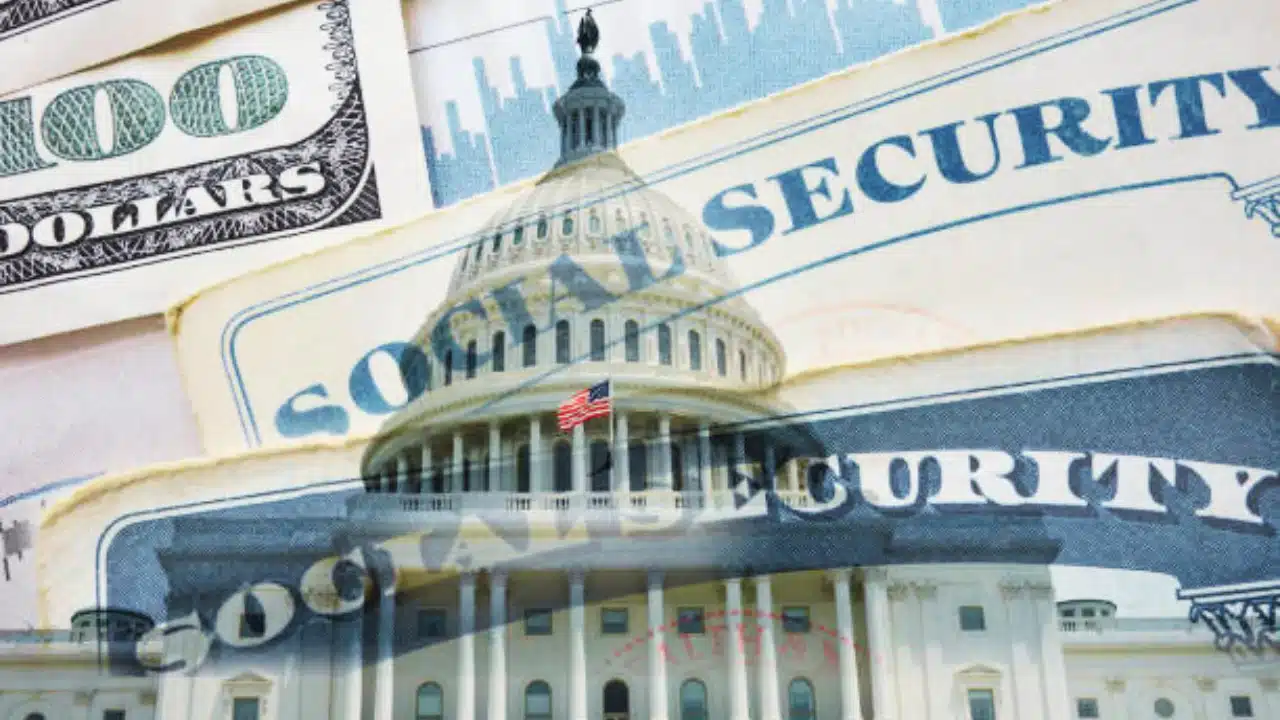When people talk about Social Security in the United States, many think of safety, stability, and a system that will be there when retirement comes. But in recent years, that sense of security has been replaced by doubts — and even some concern — about the future of this essential program.
Administrative changes, staff cuts, technical failures, and the entry of private interests into the heart of Social Security are raising alarms among beneficiaries and experts.
What’s behind the crisis?
Despite President Donald Trump’s promise not to cut Social Security benefits, what happened behind the scenes was a silent dismantling. The inclusion of executives tied to the private sector within the agency’s structure, along with a series of administrative cuts and decisions, ended up directly impacting the services provided.
The agency is reducing its workforce by 12% — the largest downsizing in 50 years. This means about 7,000 fewer people handling a system that already processes millions of requests and cases every month.
And it doesn’t stop there: the tech offices responsible for keeping the digital system running were also shut down. Of the 1,600 professionals in the area, more than 300 are leaving. All this while Social Security still operates with systems and programming languages from the 1970s.
Does this affect my benefits?
Legally, only Congress can change the amounts or rules of benefits. But the way the agency operates — or fails to operate — can directly affect when and how you receive what you’re entitled to.
With fewer qualified personnel and growing demand (mainly from the retiring baby boomer generation), there are risks of delays, service failures, and even payment errors.
There have already been frequent outages in the agency’s online system and reports of difficulty scheduling appointments, accessing documents, or even getting assistance over the phone. And when you depend on this benefit to pay the bills, any delay is a serious problem.
What about customer service?
This is where the crisis is most visible. Although the agency says it hasn’t permanently closed any offices, many are operating with less than 75% of the staff. Phone wait times have increased by 30% in the past year, and many beneficiaries are receiving automated messages saying, “try again later.”
The good news is that after attempts to restrict phone assistance (and public backlash), the agency reversed the decision and kept this option — as long as the request has no pending security issues.
Are my data at risk?
Yes, and that’s also a concern. Social Security stores sensitive data from millions of people. Recently, there were attempts by members of the Government Efficiency Department to access these records, which led a federal judge to issue an order prohibiting any manipulation of this confidential information.
And the fake news?
In uncertain times, misinformation thrives. High-level members of the Trump administration, including Elon Musk, have been spreading false claims of widespread fraud in the system — something that has been debunked repeatedly. For context, the program has a payment accuracy rate of 99.7%.
Moreover, rumors have circulated that “millions of deceased people” are receiving benefits, which also has no factual basis. In reality, undocumented workers — often accused of “draining” the system — contribute about $20 billion net annually to Social Security and rarely have access to benefits.
Is privatization the solution?
This is an old proposal that returns to debate from time to time. The idea would be to transfer the management of the program — or part of it — to private companies, which in theory could reduce costs. But reality could be different: loss of public control, increased administrative fees, and greater inequality in access to benefits.
In the past, the idea of privatizing the system faced strong resistance from the public — and for good reason.
What to expect moving forward?

There are still many uncertainties. The nomination of the new commissioner, Frank Bisignano, is in the approval process. But the path to a safe and efficient restructuring is long — and requires not only technical changes but also leadership committed to the public good, not private interests.
What’s clear is that U.S. Social Security is undergoing a deep transformation. And like any system that directly affects the lives of millions, these changes deserve attention — and accountability from society.







